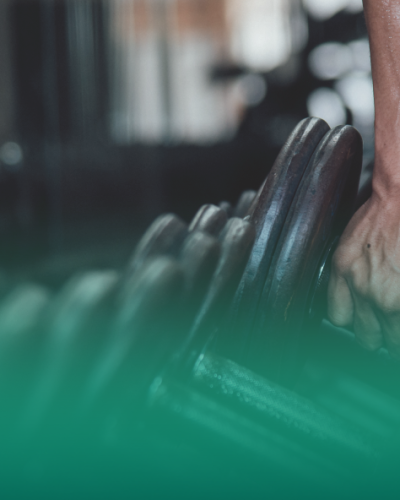Myth: After a good workout, your muscles should hurt
Feelings of muscle discomfort after physical activity are considered natural and usually occur 12-24 hours after exercise. However, muscle pain is not proof of the effectiveness of the workout. Intense pain is not necessarily associated with progress, increase in muscle size or strength. Pain alone does not guarantee protein synthesis necessary for growth.
It was previously thought that pain was caused by a buildup of lactic acid in the muscles. However, it is more likely that microcracks appear in the muscles during training, which causes pain. These microcracks are inevitable during muscle growth as they become stronger during the recovery process.
How to deal with muscle pain after exercise:
- taking a bath or shower,
- visiting sauna,
- swimming in the pool,
- massage,
- warm-up and cool-down before and after training, as well as the next day, despite the pain.
Myth: You don’t need to consult a doctor before exercising
It is recommended to consult a doctor before starting exercise, especially if a person has chronic diseases or health problems. Even those who are overweight should consult a therapist to determine the appropriate type of physical activity and load distribution.
For example, running may not be a good choice for those facing obesity, as it adds additional stress to the joints. Your doctor can give recommendations for lifestyle and dietary changes.
Some sports may be contraindicated in the presence of chronic diseases. Although it is not common in society, consulting a doctor about lifestyle issues is a smart step.
Myth: The best way to start training is by running
For beginners, physical activity without excessive impact or axial load on the joints is suitable. These include:
- swimming in the pool,
- exercise bike,
- skiing.
Running may not be suitable for beginners, requiring a certain level of physical fitness, proper technique and footwear. Running keeps you fit, but it’s not an ideal choice for those just starting out.
Contact sports can be dangerous, especially without proper technique. Also, some winter sports, such as ice skating or skiing, can increase the risk of injury.
Sports are safer if the activity is moderate and there is less chance of contact with other people. Personal preferences are also important when choosing sports.
Myth: Sports nutrition and supplements are not just for athletes
The main focus should be on proper physical activity and a balanced diet to achieve good athletic fitness. You can get all the necessary elements and vitamins in sufficient quantities from food. Sports nutrition and supplements are designed for professional athletes whose training requires increased nutrient intake.
For ordinary people, even active ones, sports supplements are most often unnecessary, since a balanced and varied diet provides everything they need.
Myth: Exercise is necessary to prolong life
The World Health Organization recommends 75-150 minutes of physical activity per week, but any activity is beneficial compared to no activity. Life expectancy depends on many factors, including gender, heredity, health care, diet and lifestyle.
Physical activity not only reduces the risk of many diseases, but can also improve life expectancy. For example, mortality among physically active people can be 30-35% lower than among those who move little.
Different sports can affect your life expectancy, and it is important to choose one that is fun and safe for your health.






